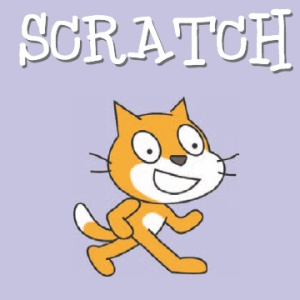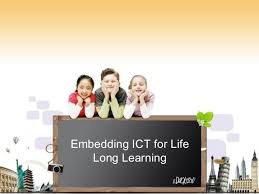
My Reflection this week is about ‘Digital Security’ and the need for educators to create awareness and access resources to aid students in becoming safe global citizens. The need to address this topic within a classroom has become paramount, the rapid rate of internet access for children is becoming increasingly vast and the younger age of students accessing the internet has increased immensely. (Nspcc.org.uk, 2014) reports statistically 93% of children aged 5-15 accessed the internet within the year of 2013 alone.
Due to the expanding rate of technology and users within society (N.Willard 2007) urges the importance of educating students about internet etiquette and explicit standards expected from each global citizen. As educators, creating awareness about the importance of constantly interrogate and examine the type of information that is input into social networks, purchasing, passwords and becoming responsible users acquiring updated internet security software to minimise security breaches.
As a teacher it will become my responsibility to monitor internet usage, explore topics such as cyber bullying, social media hackers and fraudulent behaviour within a classroom environment. Furthermore, (N.Willard 2007) speaks out about the importance of parental supervision and awareness of internet usage. A teacher in collaboration with parents can provided support and resources available to aid a student in accessing various digital devices in a safe and appropriate manner. I have provided some links and a video that will aid in supporting, educating and create awareness for students/parents and Teachers. I hope you take some time to visit them. If your are a fan of Twitter please follow my post against cyberbullying in aim to create further awareness.
Stay Safe Online Australian Government Initiative Creating awareness about scamming, identity theft and cyber bullying, it outlines the legal legislations in place by the Australian Government.
Australian Federal Police It is recommended to report any suspicious activity you notice immediately.
Beyond Blue aids in solving and preventing such issues digital technologies have plat formed bullying into. This style of bully can invade people within their homes,create alliances among groups to target individuals that have no means to escape the 24hour online networks.
Norton Video outlining the benefit of Norton (a personal security system software package.)
A great video to show the class about hackers/identify theft.
A true story based upon a young student cyberbullied by her peers.
References
Nancy Willard, (2007) M.S., J.D. Educator’s Guide to Cyberbullying and Cyberthreats Center for Safe and Responsible Internet Use | Internet Safety Project Wiki. Retrieved 12 May 2014, from http://www.internetsafetyproject.org/wiki/center-safe-and-responsible-internet-use
Nspcc.org.uk,. (2014). Statistics on online safety | Inform | NSPCC. Retrieved 12 May 2014, from http://www.nspcc.org.uk/Inform/resourcesforprofessionals/onlinesafety/statistics-online-safety_wda93975.html#many
Top of Form
Bottom of Form






